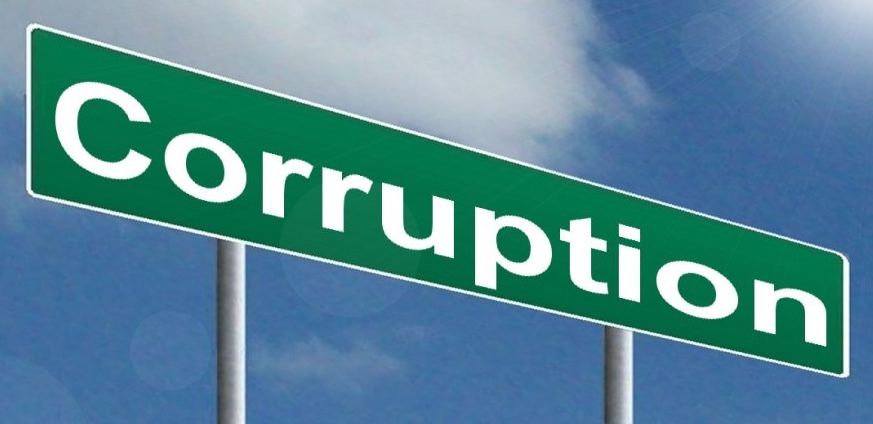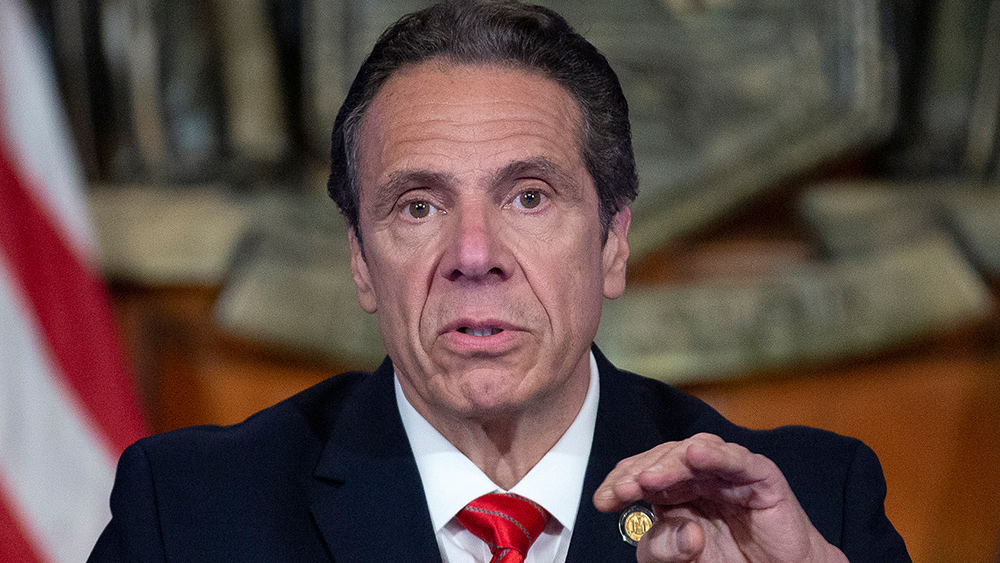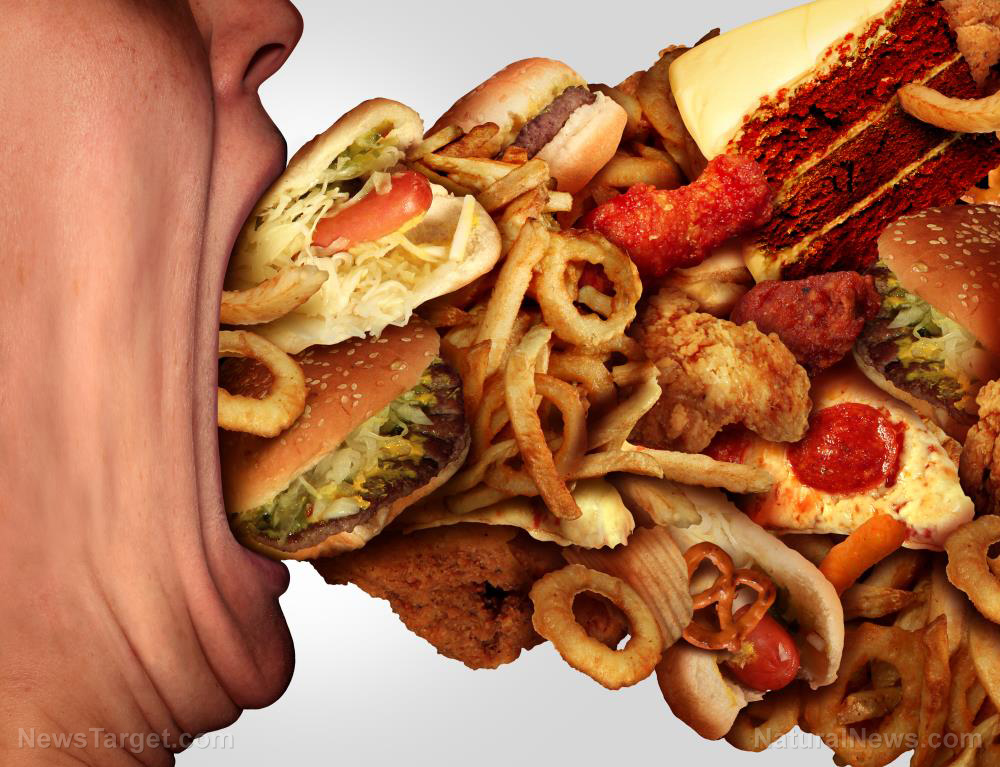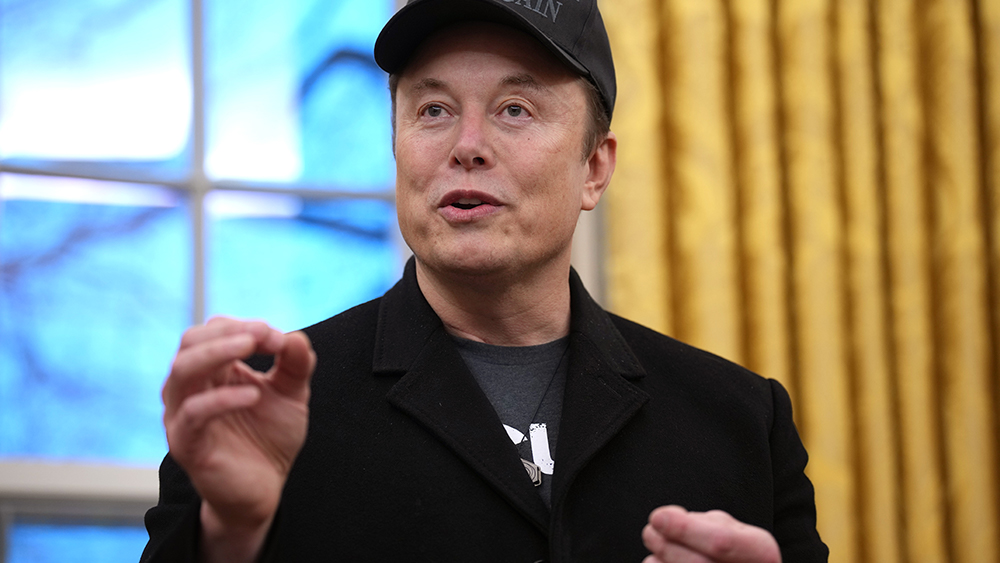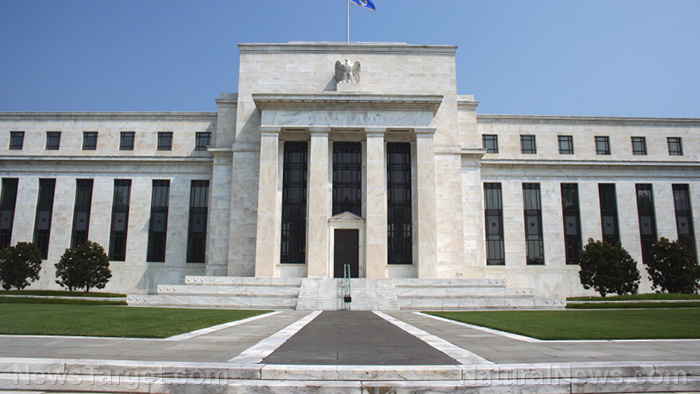“The Tyranny of the Federal Reserve” by Brian O’Brien: A scathing critique of America’s monetary system
04/14/2025 / By Belle Carter
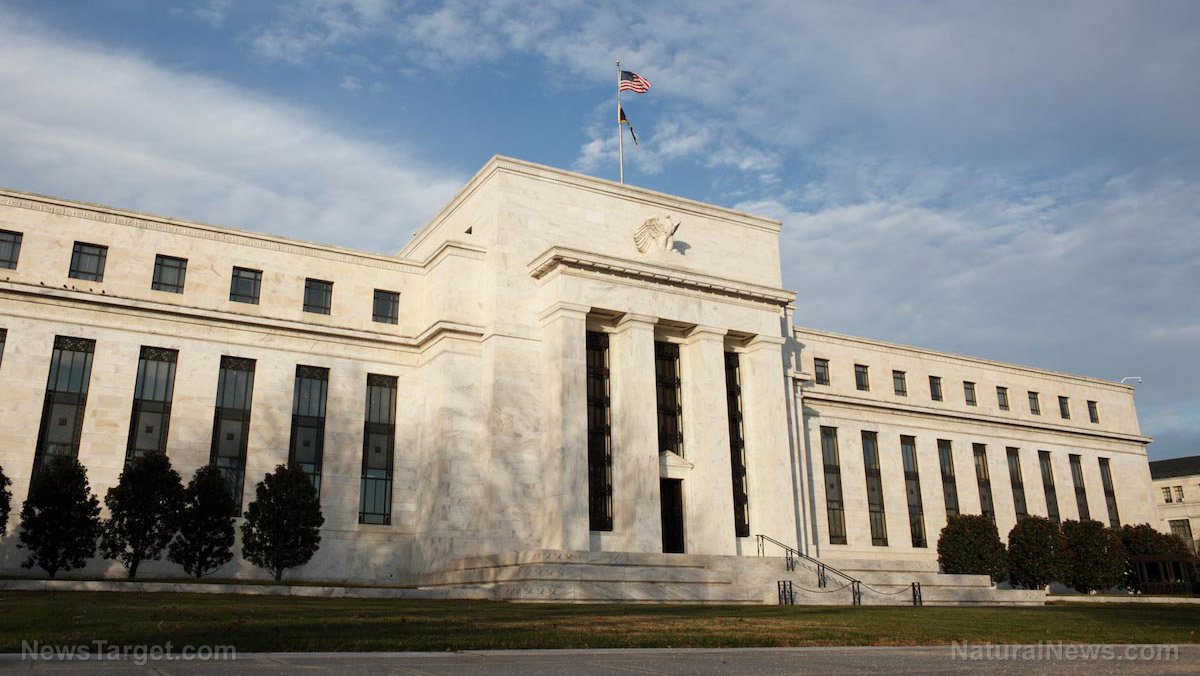
- “The Tyranny of the Federal Reserve” author Brian O’Brien paints a vivid picture of early America, highlighting its spirit of self-reliance and liberty, which he argues was fundamentally altered by the Federal Reserve Act of 1913. He characterizes the creation of the Federal Reserve as a calculated maneuver by powerful bankers to consolidate control over the American money supply, away from democratic oversight.
- He contends that the Federal Reserve has failed to fulfill its mandate of preventing economic crises, citing the Great Depression and the 2007 financial crisis as evidence. He attributes the growing wealth gap, the decline of American industries and the mounting national debt to the Fed’s policies, which he believes have exacerbated wealth inequality.
- O’Brien criticizes the Fed for fueling inflation and devaluing the dollar, which he argues has eroded the purchasing power of average Americans. He views the current monetary system, controlled by private bankers and based on debt, as fundamentally flawed and unsustainable.
- O’Brien proposes a vision for reform, drawing on the ideas of figures like Alfred Owen Crozier. He advocates for a “U.S. Monetary Council” to regulate the money supply transparently and accountably. He envisions public loan offices providing credit to homeowners and small businesses, shifting power from Wall Street to Main Street and fostering a more equitable economy.
- O’Brien’s ultimate vision is one of reform and accountability, urging a return to American principles of self-government. He calls for a new monetary system that prioritizes the needs of the people over the profits of bankers, believing that by reclaiming control over the money supply, America can restore prosperity and independence. His work is a rallying cry for Americans to take back control of their monetary system and, by extension, their future.
In his latest book, “The Tyranny of the Federal Reserve,” author Brian O’Brien embarks on a compelling and contentious exploration of America’s monetary system, its historical underpinnings, and its profound implications for the nation’s economic and social fabric. O’Brien’s work has ignited a fierce debate, challenging the conventional wisdom that the Federal Reserve is the guardian of economic stability and prosperity.
O’Brien begins by painting a vivid picture of early America, a land characterized by abundant resources and a burgeoning spirit of self-reliance and liberty. The early colonists, he argues, built a new world with their own hands, embodying the principles of independence and resilience. However, O’Brien contends that this foundational spirit was fundamentally altered by the Federal Reserve Act of 1913.
The Federal Reserve, according to O’Brien, was not the solution to economic panics as it was presented to the public and Congress. Instead, he characterizes it as a calculated maneuver by powerful bankers to consolidate control over the American money supply. O’Brien delves into the secretive meeting at Jekyll Island, where influential bankers and politicians, masquerading as duck hunters, laid the groundwork for a system that would operate outside the purview of democratic oversight.
O’Brien argues that the Federal Reserve has failed to fulfill its mandate of preventing economic crises. He points to the Great Depression and the 2007 financial crisis as evidence of the Fed’s shortcomings. According to O’Brien, the Fed’s policies have exacerbated wealth inequality, benefiting the wealthy at the expense of the middle class. He highlights the growing wealth gap, the decline of American industries and the mounting burden of national debt as direct consequences of the Fed’s actions.
O’Brien further criticizes the Fed’s role in fueling inflation and devaluing the dollar, which he believes has eroded the purchasing power of the average American. He argues that the current monetary system, controlled by private bankers and based on debt, is fundamentally flawed and unsustainable. (Related: Nomi Prins reveals how central bankers reshaped the global economy in “Collusion”.)
In addition to his critique, O’Brien offers a vision for reform and renewal. He draws on the ideas of figures like Alfred Owen Crozier, who advocated for a “U.S. Monetary Council” to regulate the money supply with transparency and accountability. O’Brien envisions a system where money serves as a medium of exchange that benefits the people rather than a tool for usury and speculation.
He proposes the establishment of public loan offices to provide credit to homeowners and small businesses, with interest rates designed to support local communities rather than distant financiers. This, he argues, would shift power from Wall Street to Main Street, fostering a more equitable and prosperous economy.
O’Brien’s analysis extends to the history of money in America, from colonial scrip to the debates over the gold standard and the rise of fiat currency. He contends that the current system, which relies on fractional reserve banking, is a form of legalized fraud. Banks, he asserts, create money out of thin air and lend it at interest, perpetuating a cycle of economic instability.
O’Brien’s ultimate vision is one of reform and accountability. He calls for a return to American principles of self-government and a new monetary system that prioritizes the needs of the people over the profits of bankers. He believes that by reclaiming control over the money supply, America can restore prosperity and independence.
In conclusion, “The Tyranny of the Federal Reserve” is a provocative and thought-provoking book that challenges readers to reconsider their assumptions about money and power. It invites us to imagine a future where the American people are no longer subject to the whims of unelected bankers but are instead the masters of their own economic destiny. O’Brien’s work is a rallying cry for reform, urging Americans to take back control of their monetary system and, by extension, their future.
Learn more about “The Tyranny of the Federal Reserve” by watching the video below.
This video is from the BrightLearn channel on Brighteon.com.
Sources include:
Submit a correction >>
Tagged Under:
banking system, big government, Brian O'Brien, Bubble, central bank, conspiracy, corruption, deception, deep state, economic collapse, economic riot, Federal Reserve, finance, market crash, money supply, pensions, risk, The Tyranny of the Federal Reserve, Tyranny, usury
This article may contain statements that reflect the opinion of the author
RECENT NEWS & ARTICLES
COPYRIGHT © 2018 DECEPTION.NEWS
All content posted on this site is protected under Free Speech. Deception.news is not responsible for content written by contributing authors. The information on this site is provided for educational and entertainment purposes only. It is not intended as a substitute for professional advice of any kind. Deception.news assumes no responsibility for the use or misuse of this material. All trademarks, registered trademarks and service marks mentioned on this site are the property of their respective owners.









